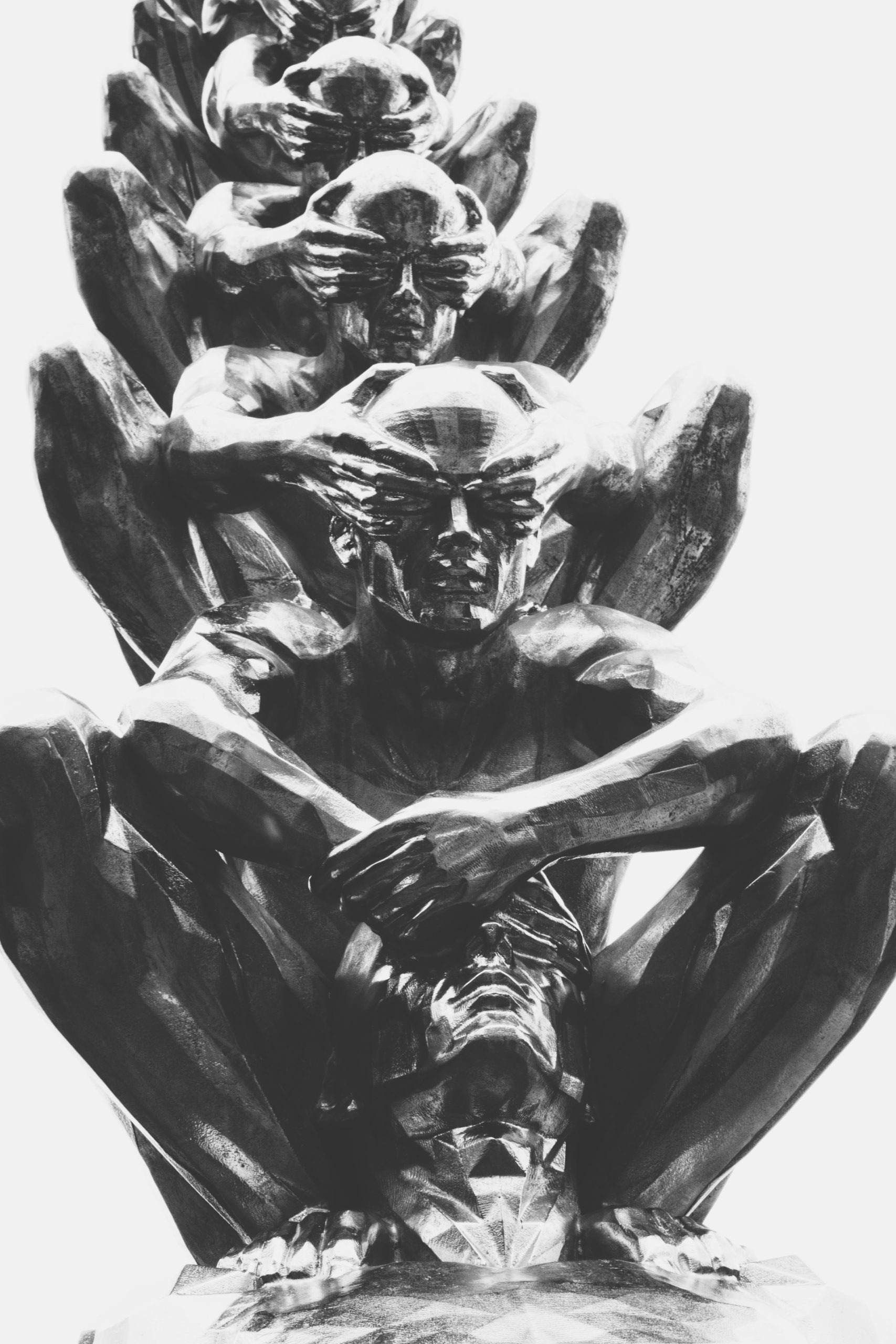The pandemic has created a world full of turmoil. Physical changes in the way life is conducted have shifted perspectives and priorities. The first couple months were an adjustment period, for life seemed to have turned on its side. But with time, we gave into the chaotic nature of life during COVID-19. By doing so we opened ourselves to the facets of life that get lost when we move at such a fast pace we can barely keep our feet beneath us.
In this period of stagnant chaos, art has become a means of escape from what we cannot control. Many have turned to creating art in the past year — not simply because of the free time we have now found ourselves with, but because it allows us to creatively control outcomes that follow our intuition. Yet art during this time has begun to look very different for those who have already been creating. Silvia López Chavez has migrated from her giant murals located on the streets of Boston to creating digital pieces from her home. Artists like her have shown the adaptability of art as a whole, for its ability to persist through the most chaotic times is part of what makes it so powerful.
Personally, painting has been my escape from the tumultuous world. I painted some in high school, but never fully got into the medium. The time I’ve had to explore this interest of mine has been meaningful in my outlook on the pandemic as a whole. I have dipped into the style of abstract figure painting recently, as it presents life in a way that has a focus, but is expressed in an individualistic manner. The figure represents our presence in the world, but the sharp brush strokes and stark color palette brings an element of uncertainty to the recognizable. I often find myself in the figure during this time, feeling the same in terms of structure, but my physical presence much less concrete.
Art in general seems to get swept under the rug when life is running at a fast pace, for many consider it a hobby or simply a side interest. But for others, it is a career, a lifestyle and a means of finding purpose. This shift into an increase in artistic appreciation has opened up a global emphasis on creation that has declined over past centuries. With the rise of technology, more art forms have surfaced, opening doors to even more diverse methods of creation and exploration.
Yet, as life slows down and art becomes more of a focus in everyday life, we begin to reshape our values. Looking at history, we often turn to art as a means of analyzing a time period. Could the communal stress shared globally curate a style of artwork that resembles the chaotic sentiment shared by many during this time?
We can study past plagues, like the Black Death, by studying the artwork of the time. During the Black Death, pieces like The Triumph of Death by Pieter Bruegel displayed the fear of living in such a time, as many of the subjects were depicted dead in the streets. Realism emerged from this, as hell became a more prominent subject in artistic pieces and the world was seen in a blunt and horrid manner. Yet without these pieces, the sentiment of the time would never have truly been captured. This shift towards more artistic appreciation could be an unknown desire to tell our story or express the stress we find ourselves feeling.
We can put a paintbrush to paper and create and let it stand as a testament, even if it’s just to ourselves, of the craziness of life in 2020. Creating becomes a necessity during a time like this, both as a means to escape and as a method to log our emotions. News headlines and statistical representations of the pandemic speak to the events occurring but cannot fully capture the public sentiment. Artistic creation is left to fill in the holes of life during this time and becomes a time capsule of emotion.
- Encapsulating Turmoil - October 8, 2020

